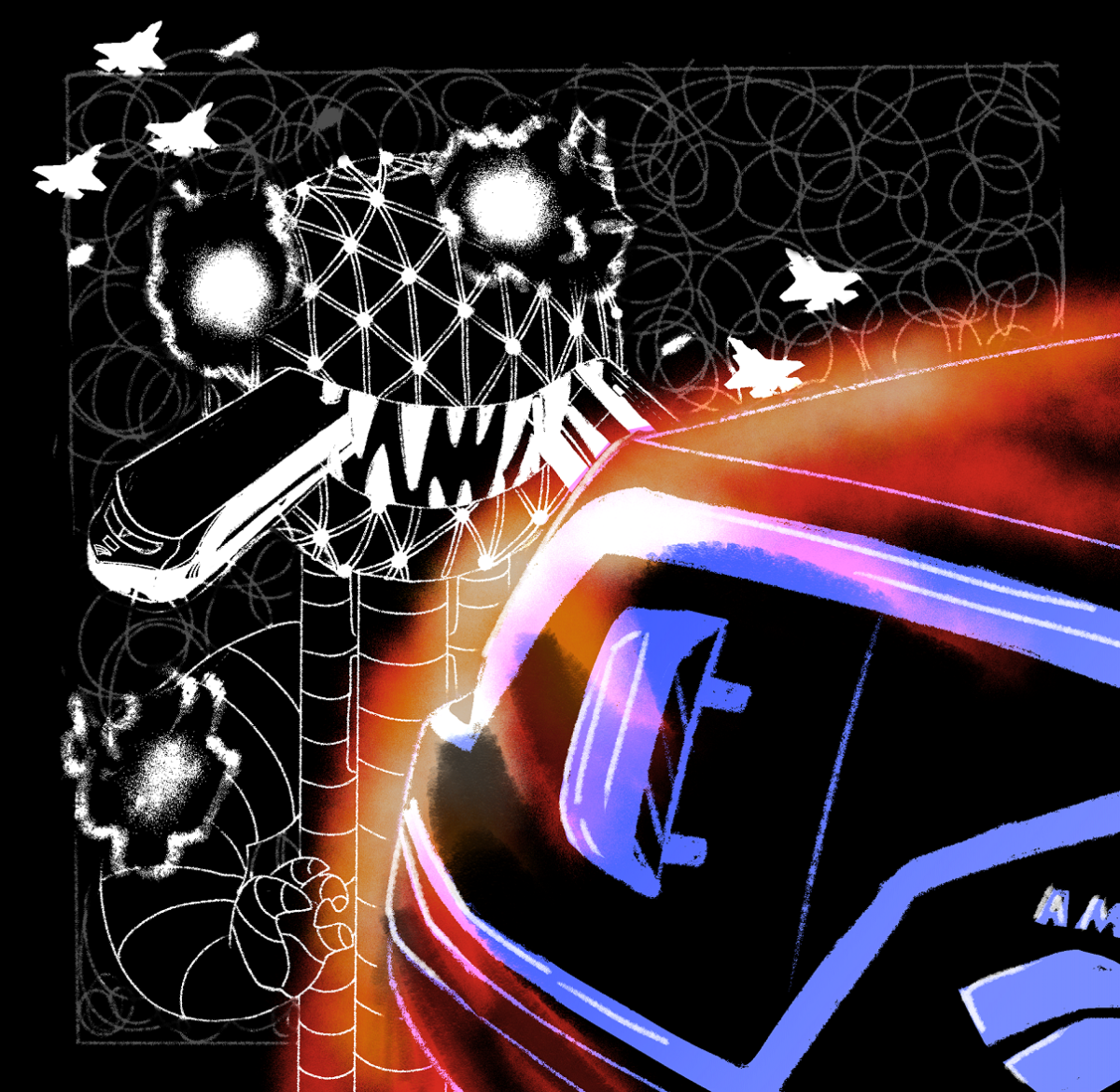If demolishing the Reunion Tower is necessary for implementing intercity high-speed rail in Texas, then it is critical we do it to help combat congestion while improving local communities. Comets should petition their officials and mobilize in support of sustainable public transportation projects.
In 2023, Amtrak announced support for Texas Central’s plans of creating a high speed rail connection between Dallas and Houston, which, when complete, would allow people to make the trip between these two major metropolitan centers in less than 2 hours. A federal grant of $500,000 has already been given to Texas Central so it can work on finalizing plans for the line. But projected routes have faced severe criticism from Texas real estate developers, with Hunt Realty particularly opposed to the extension connecting the line to Fort Worth. Transportation issues in Texas will never improve if people continue to allow those that profit from horrible unwalkable infrastructure to be the most vocal; students who support public transport should petition their representatives as much as pro-car interest groups do.
On a good day, it takes about 3 hours and 36 minutes to drive from Dallas to Houston, and the constant plague of traffic can easily make this a four-hour journey. This significant travel time could be circumvented through construction of the planned high-speed rail line. Current estimates show that the train would travel at around 200 miles per hour, making the roughly 240-mile journey in less than 90 minutes. Developers say that construction is unnecessary and expensive, but these are 90 minutes in which you are free to focus on literally anything other than driving; in that time, you could catch up with family, work on last night’s homework or just get some much-needed sleep. Access to new and convenient infrastructure like high-speed rail would significantly improve all Texans’ quality of life. Future Comets would also greatly benefit from this connection, especially due to the construction of the UTD DART stop along the Silver Line which is expected to open between 2026 and 2027.
Traffic is a constant issue amplified by America’s dependence on cars, and yet most attempts to overcome it are met with failure. Not only do 82% of Americans already doubt that highway expansions will help reduce congestion, but research since 1996 has indicated that road expansions lead to increased traffic. Combatting this congestion would require developing public transport and walkable mixed-use communities.
Transit-oriented design, a part of mixed-use design, is critical since building communities around transport hubs allows its residents to quickly access life necessities through close-by public transportation. This allows for a life free of forced car use by providing an actual viable alternative. TODs also contribute toward higher productivity and lower economic costs for a city due to their compact and versatile zoning, encouraging stronger communities to develop. A high-speed rail crossing the state would allow for major transit-oriented developments to appear across the rail line — especially at its metropolitan ends in Dallas and Houston — bringing economic growth and new solutions for the congestion in this corridor.
Few states are as invested in highways as Texas, which throws tens of billions of dollars at useless highway expansions. This causes more traffic while dividing communities, displacing families and contributing to the dominance of cars in Texas as the only viable mode of transportation. If Texas is already spending billions on projects to expand highways all across the state, it might as well do something of use and divert funding to building high-speed passenger rail, which could unite rather than divide us.
Hunt Realty Investments warns that the planned rail would require them to shut down hotel rooms and potentially tear down the Reunion Tower based on their own in-house renderings of what the line could be. The proposed elevated rail line does not even have to tear down the tower if plans are made to keep the line a fair distance from the building itself. In the worst case scenario, where a rail line must run within feet of the Reunion Center, then the tower could even be moved similar to the 1800s raising of the entire city of Chicago or the movement of massive concert halls and towers across the world, including such heavy landmarks as San Francisco’s Hotel Montgomery. More importantly, it is ridiculous to think we should yield to wealthy real estate moguls’ fearmongering about lost property when Texas has not hesitated to demolish impoverished neighborhoods for highway expansions, like with the current expansion of I-45 in Houston.
Comets shouldn’t let a wealthy and out of touch real estate firm overshadow their future and their voice on what is best for their community. Instead, they can show up at city council meetings and push for better transit for the people of Dallas as well as work with groups that already exist like Comets for Better Transit. But if the tower’s owners are unwilling to find a compromise, then tear the tower down.






